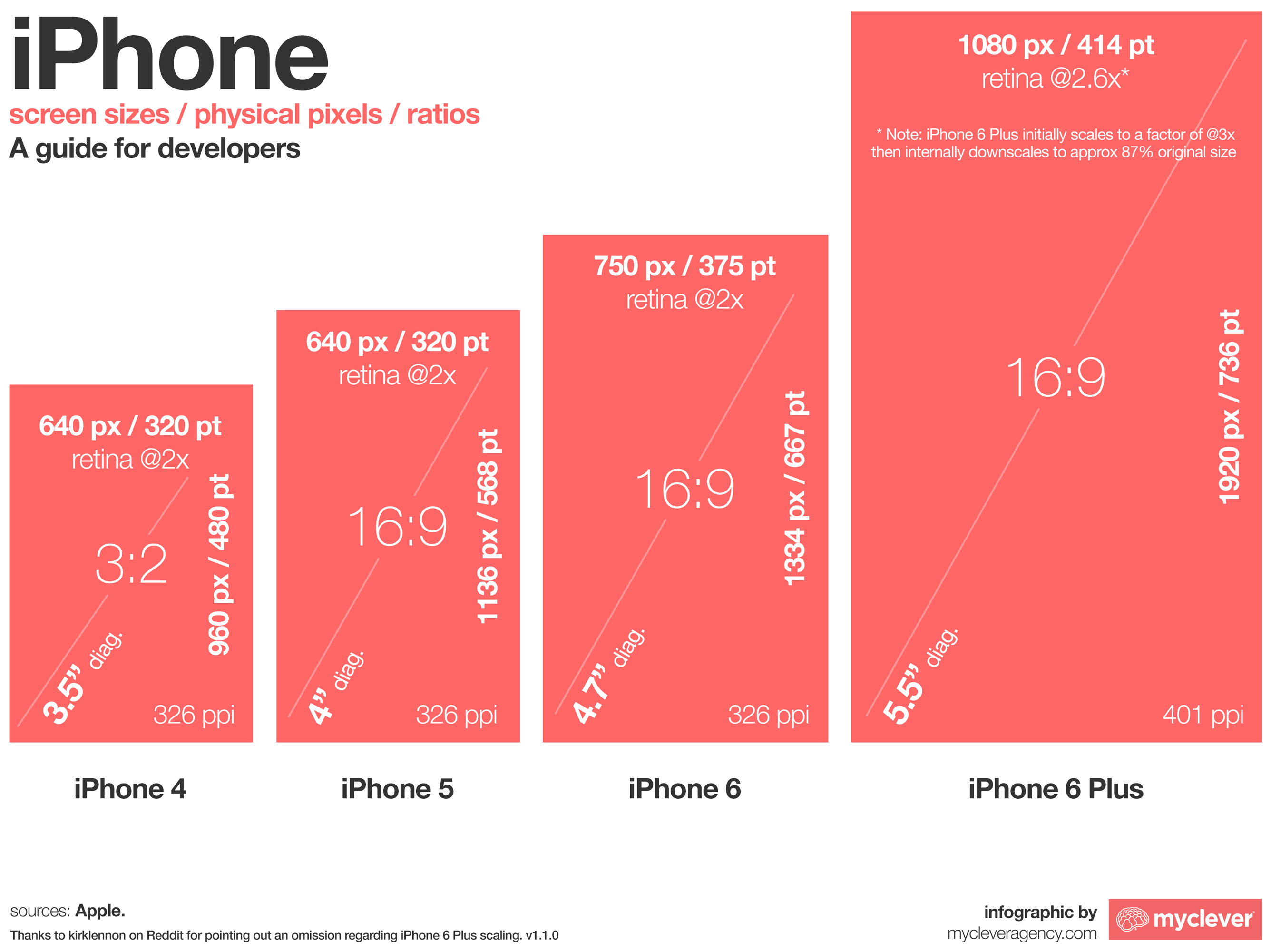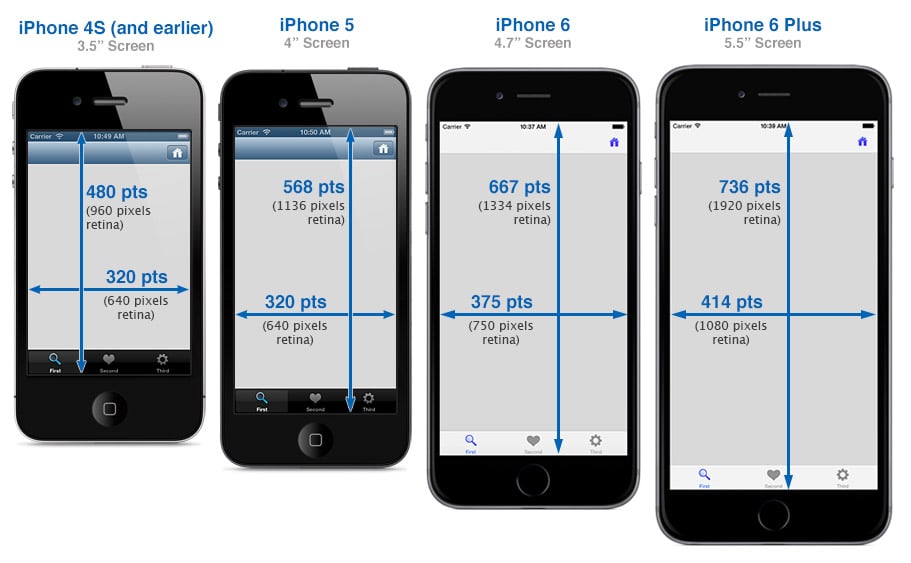Understanding Android Phone Wallpaper Dimensions: A Comprehensive Guide
Related Articles: Understanding Android Phone Wallpaper Dimensions: A Comprehensive Guide
Introduction
With enthusiasm, let’s navigate through the intriguing topic related to Understanding Android Phone Wallpaper Dimensions: A Comprehensive Guide. Let’s weave interesting information and offer fresh perspectives to the readers.
Table of Content
Understanding Android Phone Wallpaper Dimensions: A Comprehensive Guide

The visual appeal of an Android phone is significantly influenced by the chosen wallpaper. Beyond aesthetic preferences, the dimensions of this image play a crucial role in how it is displayed on the device. Selecting the right wallpaper size ensures a seamless and visually pleasing experience, maximizing the impact of the chosen design. This article provides a comprehensive guide to understanding Android phone wallpaper dimensions, exploring its significance, and offering practical tips for selecting the perfect image.
The Importance of Wallpaper Dimensions
The primary function of a wallpaper is to provide a visual backdrop for the user interface. When the image dimensions are mismatched with the screen resolution, the results can be undesirable, including:
- Pixelation and Blur: A wallpaper that is too small will be stretched to fit the screen, leading to pixelation and a blurry appearance. This degrades the visual quality and diminishes the intended aesthetic appeal.
- Cropping and Distortion: Conversely, a wallpaper that is too large might be cropped or distorted to fit the screen. This can result in the loss of important elements of the image, altering the original composition and artistic intent.
- Performance Issues: Using oversized wallpapers can lead to increased memory consumption and potentially slow down the device’s performance, especially on older or less powerful phones.
Understanding Screen Resolutions and Aspect Ratios
To select the appropriate wallpaper size, understanding the screen resolution and aspect ratio of the Android phone is essential.
- Screen Resolution: This refers to the number of pixels displayed horizontally and vertically on the screen. A higher resolution means more pixels, resulting in a sharper and more detailed image.
- Aspect Ratio: This describes the ratio of the screen’s width to its height. Common aspect ratios include 16:9, 18:9, and 20:9, with higher numbers indicating a more elongated screen.
Recommended Wallpaper Dimensions
The ideal wallpaper dimensions depend on the specific phone model and its screen resolution. However, there are some general guidelines:
- Full HD (1920 x 1080): This resolution is common for many Android phones and provides a good balance between image quality and file size.
- Quad HD (2560 x 1440): This resolution offers even greater detail and sharpness, suitable for high-end devices with larger screens.
- Ultra HD (3840 x 2160): While this resolution is not yet standard for Android phones, it is becoming increasingly popular for flagship models, offering the highest level of visual fidelity.
Tips for Selecting the Right Wallpaper Size
- Check the Phone Specifications: The most reliable way to determine the ideal wallpaper dimensions is to check the device’s specifications. This information is usually available in the phone’s settings or online.
- Use a Wallpaper App: Many wallpaper apps offer a curated selection of images optimized for different screen resolutions and aspect ratios. These apps often provide filtering options to narrow down the search based on device specifications.
- Adjust Image Size: If you have an image that is not the ideal size, you can use a photo editing software to resize it to match your phone’s screen resolution. Ensure you maintain the original aspect ratio to avoid distortion.
- Consider File Size: While higher resolution wallpapers offer better visual quality, they also have larger file sizes. This can impact storage space and device performance. Choose a balance between image quality and file size based on your phone’s capabilities.
Frequently Asked Questions
Q: What happens if I use a wallpaper that is not the correct size?
A: As explained earlier, using a wallpaper that is not the correct size can result in pixelation, cropping, or distortion, compromising the visual appeal and potentially impacting device performance.
Q: How do I find wallpapers that are optimized for my phone’s screen resolution?
A: You can search for wallpapers online by specifying the phone model or its screen resolution. Many wallpaper apps also offer filtering options based on device specifications, ensuring compatibility.
Q: Can I use a wallpaper that is larger than my screen resolution?
A: While technically possible, using a larger wallpaper can lead to cropping or distortion, as the device will attempt to fit the image within the screen boundaries.
Q: What is the best way to resize a wallpaper?
A: Use a photo editing software that allows you to resize images while maintaining the original aspect ratio. This ensures that the image is scaled proportionally without distortion.
Conclusion
Understanding Android phone wallpaper dimensions is crucial for optimizing the visual experience on your device. By selecting the right size and resolution, you can ensure that your chosen wallpaper is displayed seamlessly, enhancing the overall aesthetic appeal and user interface. By following the tips and guidelines provided in this article, you can choose the perfect wallpaper to personalize your Android phone and elevate its visual impact.








Closure
Thus, we hope this article has provided valuable insights into Understanding Android Phone Wallpaper Dimensions: A Comprehensive Guide. We hope you find this article informative and beneficial. See you in our next article!